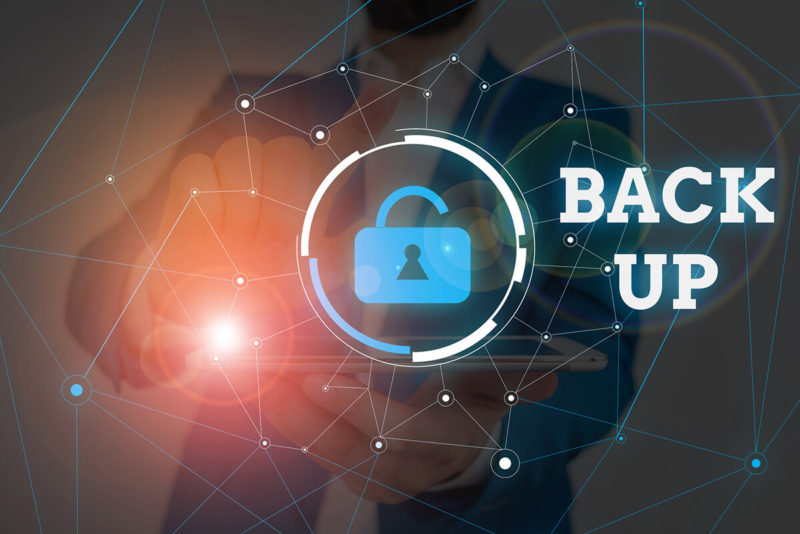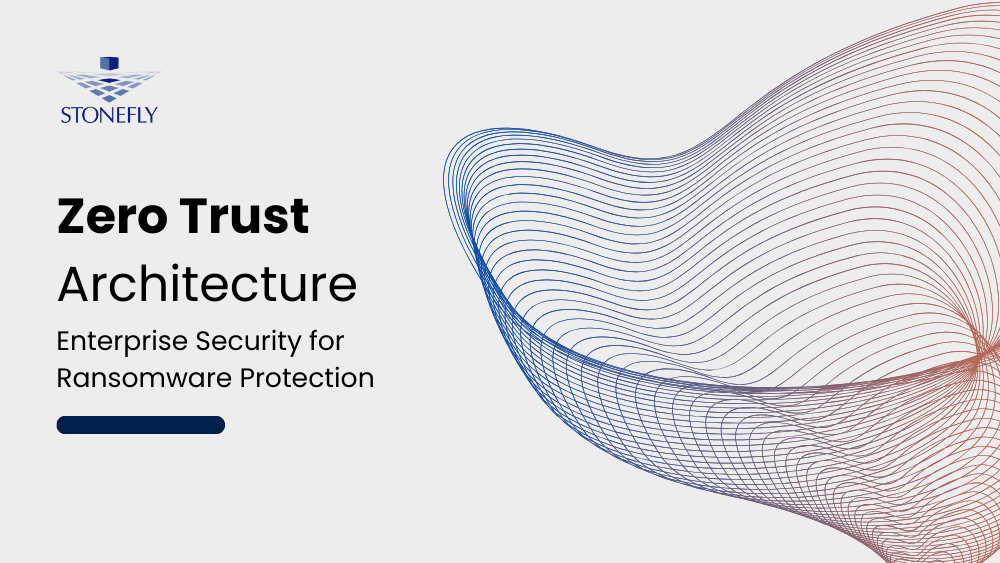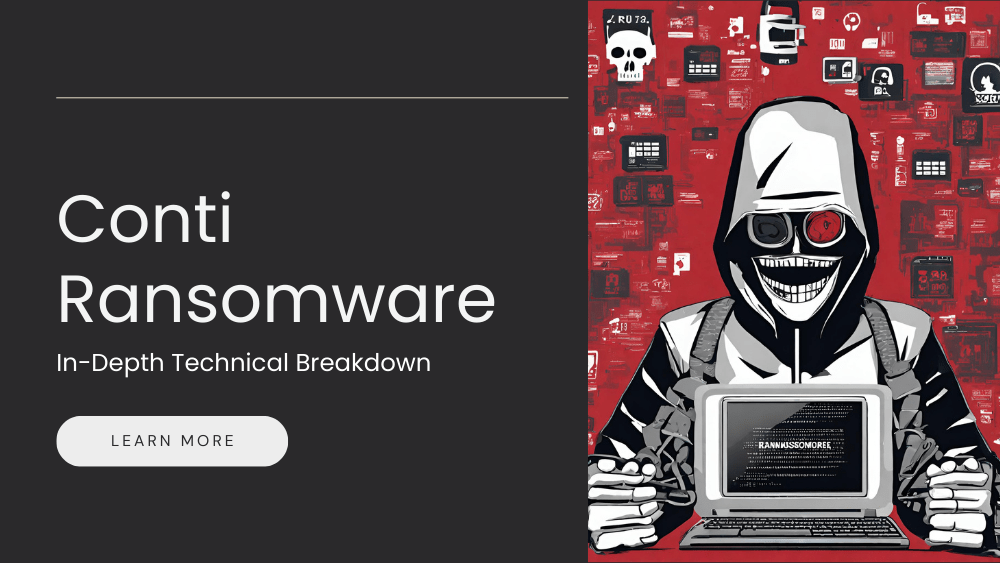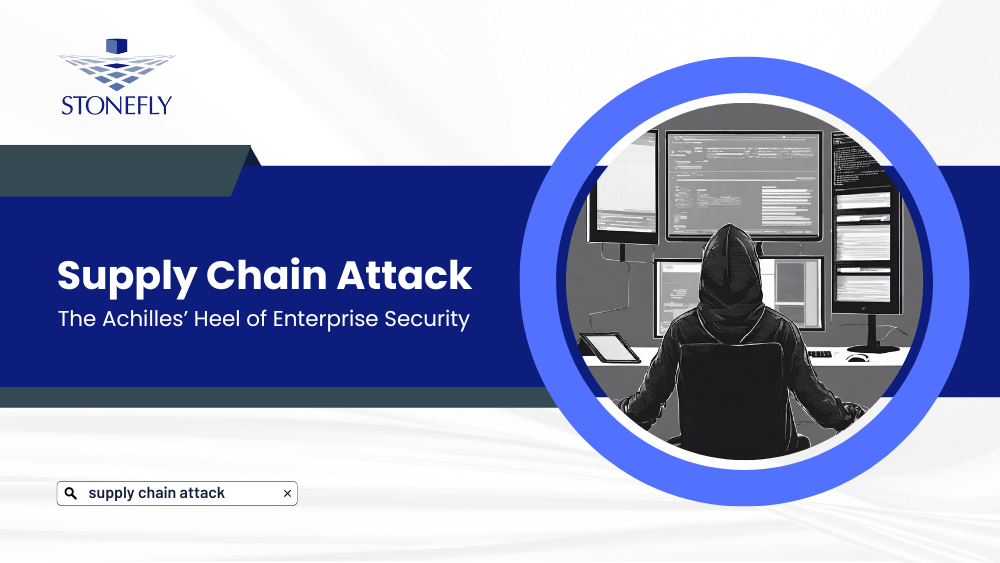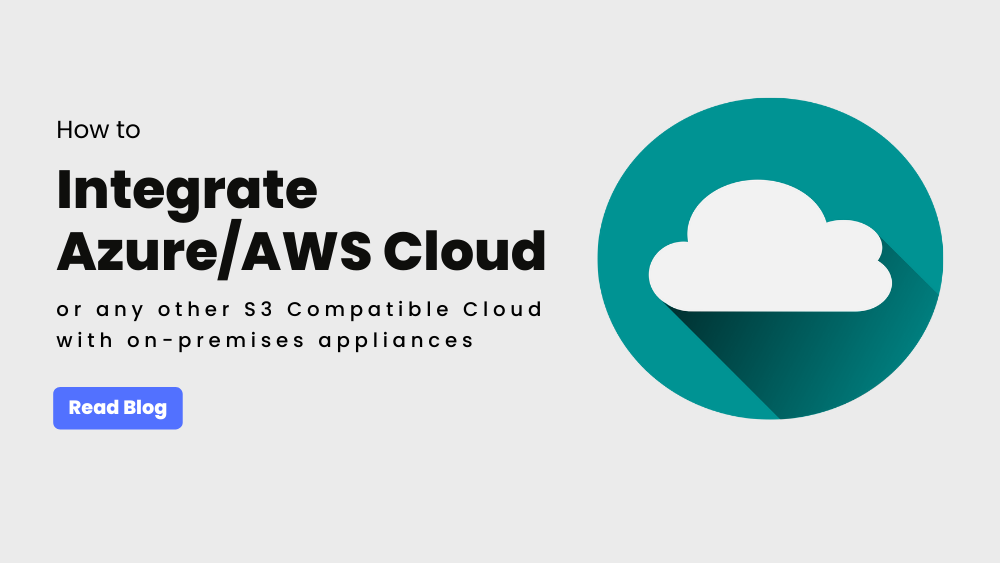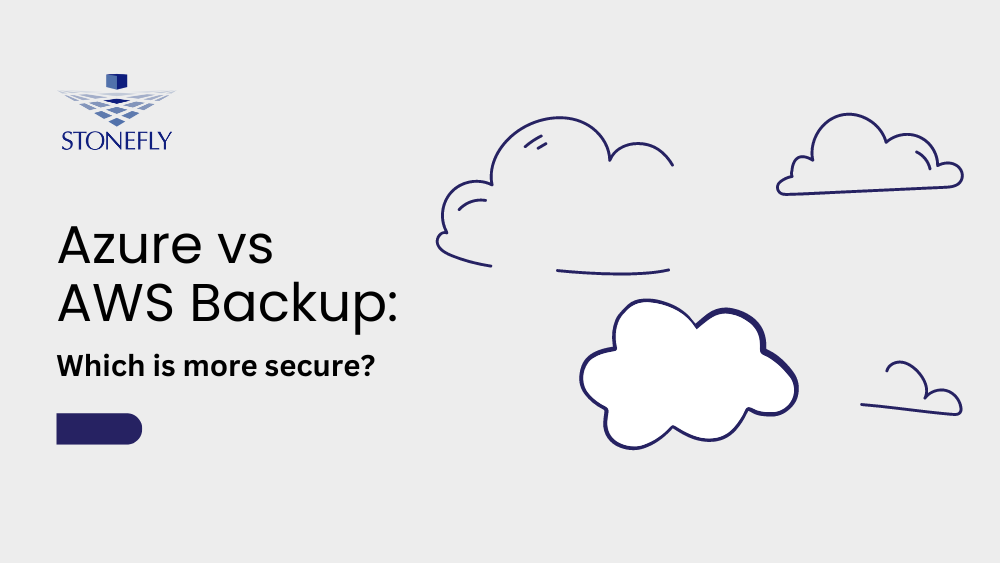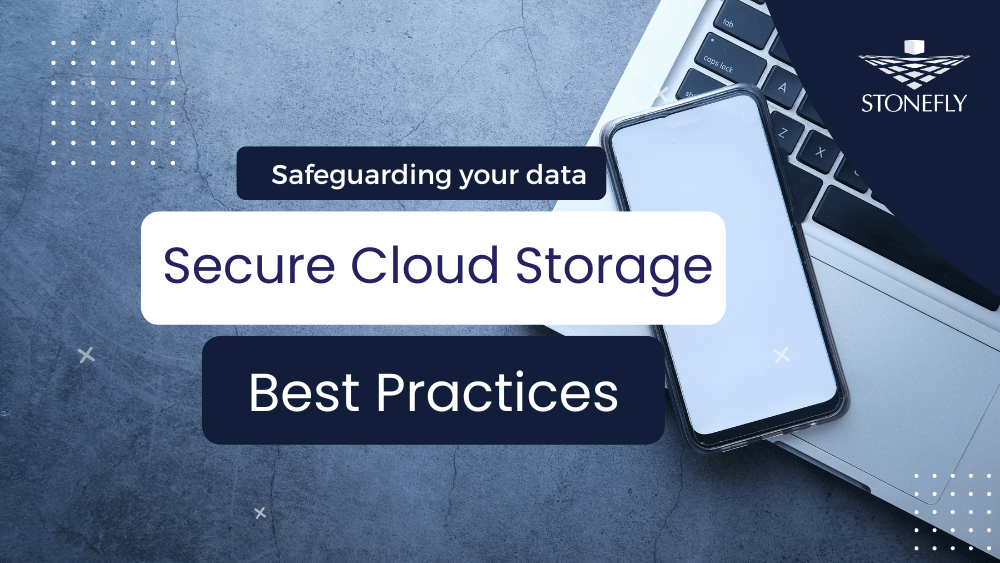School districts, colleges, and universities process and maintain data on students and faculty in addition to research projects, grants, and donations – generally spread across multiple campuses and locations. This sensitive data makes them prime targets for ransomware attacks and cybersecurity threats. As a result making data protection practices such as backup and disaster recovery a necessity; but picking the right one can be challenging.
In this blog post, we’ll take a closer look at the data protection challenges of the education sector and how to overcome them.
Why Educational Sector Needs Data Backup Solutions
Offering students a better education experience means schools and universities have to process more data, from teaching material to research papers. This also means that they need the right resources to protect it all.
To do so, educational institutions must ensure their existing storage solutions are secure, management is automated and seamless, recovery is quick, and the IT systems are able to support future software updates in order for them not become obsolete.
Ransomware Attacks Target School Districts, Colleges, and Universities
- In July, ransomware attacks cripple six schools on the Isle of Wight and their umbrella organizations preventing access to their online systems and teaching resources.
- In June, two schools in the United Kingdom (UK) were shutdown due to a ransomware attack. Reports revealed that in addition to stealing teaching resources, trip information, and emergency contact details the ransomware also may have accessed banking details.
As these examples show, ransomware attacks are on the rise and pose a serious threat to educational institutions. While not all ransomware strains are specifically targeting schools, colleges, and universities there’s no denying that they’re prime targets for cybercriminals. And with reports revealing ransom demands of up to $30 million – it is hard to ignore this risk .
Backup and DR for Educational Sector: Key Challenges to Overcome
When it comes to data backup, educational sector faces a number of challenges that can make it difficult. Since most schools have limited IT staff on hand, they cannot afford the time or resources necessary to implement complex solutions – which is why simplicity is key when choosing an appropriate one.
The right solution should be easy enough for non-technical people in charge at these institutions to use with minimal support from their IT department. It should also provide flexible retention policies so there are no unnecessary storage costs either. And lastly, ease of integration into existing systems means less downtime due to infrastructure updates required by new software versions and tools.
Other challenges include:
- Ensuring regular backups of mission-critical applications such as student information systems, ecommerce websites, databases for research projects or finance/accounting software. This means making sure these different types of data can be backed up at scale in a reliable way while minimizing bandwidth consumption through compression and deduplication.
- Finding an infrastructure solution that offers reliability by integrating server virtualization with distributed storage solutions – which could mean deploying additional appliances or nodes running hypervisor management features like replication, snapshots and cloning capabilities across multiple sites so if one node goes down there is no disruption of service or data loss.
- Protecting mission-critical applications and various types of sensitive data against ransomware attacks – which means adopting a solution that features backup encryption capabilities at the source, device, application and archive layers to ensure there’s no leakage even if an attack is successful.
- While cloud storage can be great for storing files; it’s backup and DR capabilities are limited. This means that to protect data in the cloud, educational sector institutions should ensure their chosen solution takes advantage of on-premise appliances or storage nodes as well – which can be used for local snapshots, replication across different sites or even scale out performance for large data sets and workloads.
- Combining backup, archiving, disaster recovery in one solution can be a great way to ensure long-term viability of school district’s teaching resources without having downtime or losing any valuable information from cyber attacks – which is why the best practices involve choosing unified solutions that address all these challenges.
Finding the Right Data Backup Solution for Educational Sector
While school districts, colleges and universities store valuable data on students, faculty, research projects and more; they don’t have to start from scratch. There are great backup solutions available that specialize in protecting different types of educational institutions: K-12 schools with multiple locations or a single campus (such as charter schools), higher education facilities like colleges and universities – even public libraries can benefit from these recovery services.
By choosing an integrated backup solution you’ll not only eliminate risks associated with investing into separate hardware infrastructure components but also save time by avoiding repetitive administrative tasks involved in managing each type of device separately.
The Best Data Backup Solution for Educational Sector: Unified Approach
Many factors have to be taken into account when choosing a data backup solution that will work best in educational sector including the amount of data being stored, number of locations it’s spread across (e.g. campuses), bandwidth configuration between remote sites, school district policies on data retention, data security and compliance with regulations such as HIPAA.
In order to make sure you choose the right backup solution in a complex educational sector environment, it is best to focus on unified solutions that address all these challenges.
What the Educational Sector Should Look for in a Unified Solution?
A reliable unified solution for a school district, college, or university must have the following capabilities:
- Compatibility: Support standard storage protocols such as NFS and CIFS/SMB for NAS; iSCSI and Fibre Channel for SAN; and S3 object storage; and popular hypervisors such as VMware, Microsoft Hyper-V, KVM, and Citrix (formerly XenServer).
- Backup Software: Host popular backup software such as Veeam, Acronis, Veritas, Zerto, Rubrik, etc.
- Hybrid Storage: Leverage high performance on-premises storage for frequently-used data and affordable cloud storage for infrequently-used and archival data.
- Scalability: Start small with the storage and performance capabilities you need and scale out (and/or scale up) as data grows.
- Data Security: Offers built-in data security features such as Write-Once Read-Many (WORM) volumes, anti-ransomware, anti-virus, air-gapping, S3 object lockdown, immutable snapshots, and encryption.
- Storage Optimization: Reduce storage space usage and improve storage efficiency with features such as deduplication, thin provisioning, automated storage tiering, and SSD caching.
- Centralized Management: Manage onsite and offsite storage nodes, cloud storage repositories, integrated data security and storage optimization features from a centralized web-based interface.
Benefits of Using Unified Data Backup Solution for Educational Sector
Now that you know what to look for in a unified backup and DR solution, here’s the list of benefits:
- Eliminates need for buying separate hardware components.
- Streamlines administration tasks by having one web portal where administrators can manage all aspects of unified storage infrastructure such as data retention policies, replication schedules, security features settings etc.
- Protects data that is stored in on-premises storage as well as cloud repositories.
- Provides the ability to store infrequently used/archival data such as old backups, data snapshots and other items more affordably by using object or archival storage with pay per use pricing models.
- Saves time from having separate backup software installed on a set of servers for each type of hardware component you have like NAS filers, SAN devices etc., which can be managed together with one web portal instead.
- Helps meet compliance requirements (e.g., HIPAA) since unified solution has encryption capabilities built into it without relying solely on transport security features provided by cloud providers; offers additional layers of physical and logical protection.
How to Prepare for a Unified Data Backup Solution
As with any major IT infrastructure change, it is important to be prepared before you move to a unified data backup solution.
Analyze existing system(s) and data: Make an inventory of your existing environment(s), virtual machines (VMs), applications, software, databases, learning management systems (LMS), and other administrative and management programs. Note down networking preferences, storage protocols being used, and data security practices already in place.
Furthermore, it’s also a good practice to find out what type of data is frequently used and which one is meant to be stored and archived. Having this information on-hand helps you decide the storage capacity and performance capabilities of your unified data backup solution – as per your requirements and budget.
Test out the data backup solution: Get a test drive, copy part of your data to the environment and test mock backup and restore plans. Optimize it for your recovery time and recovery point objectives (RTPOs) and make sure your IT administrators are confident that they can use it effectively.
Plan for the move: With the information about your existing environment(s), application(s), and data, you can systematically move your workloads minimizing downtime and disruption.
Get professional services (if needed): If you need help migrating your workloads or make sure that everything goes smoothly without disruption, it’s also a good idea to get professional services to help with the process.
Conclusion
As the educational sector becomes more reliant on technology and distance learning, it is becoming increasingly vulnerable to cyber-attacks. Schools districts, colleges and universities are processing important student, staff and research data that needs to be protected from ransomware attacks or other disasters. That’s why the educational sector needs backup and disaster recovery (DR).
Got questions about how to protect your school district, college, and university from ransomware attacks? Contact us to get started!
